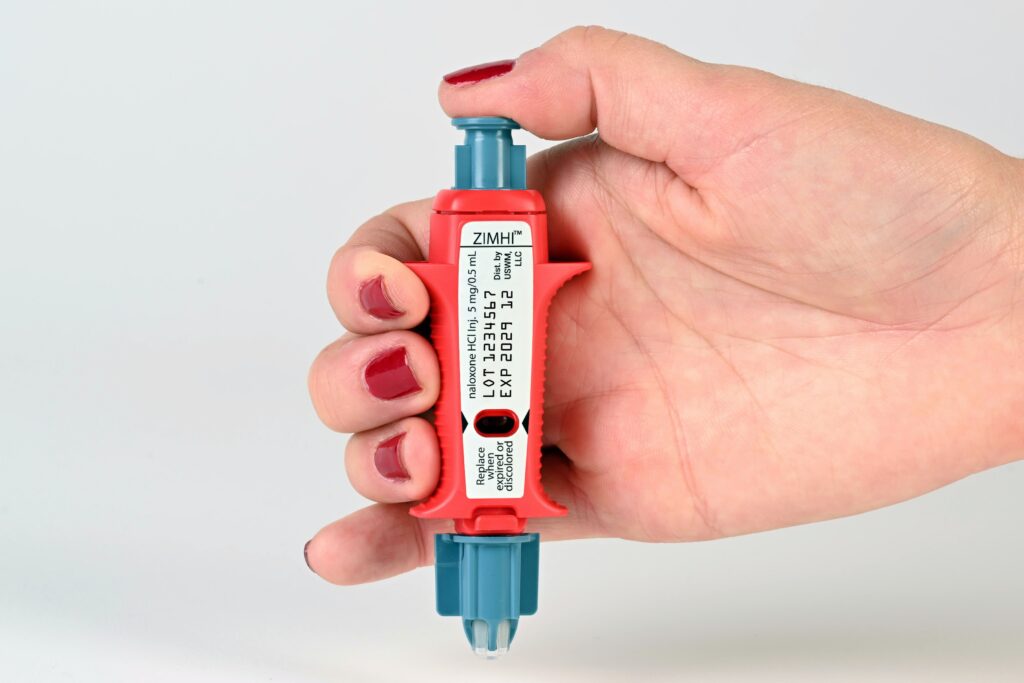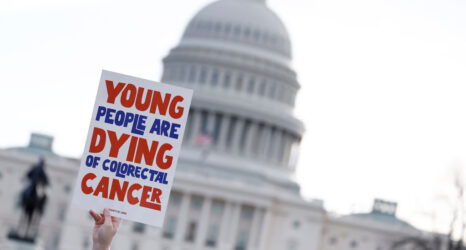On March 29th, 2023, the Food and Drug Administration announced that NARCAN, a life-saving nasal spray that can reverse opioid overdoses, will now be sold over the counter in places like convenience stores, pharmacies, and gas stations.
This is a game-changer for the millions of Americans affected by the opioid epidemic, an increasing percentage of whom identify as women—disproportionately including Black women, pregnant women, and new mothers. Although more men than women have died from opioid overdoses over the past two decades, studies have found that opioid overdose deaths among women are rising at a faster pace—since 1999, deaths of women have risen 1,608 percent compared to a 1,076 percent increase in male deaths.
These numbers are striking, and the gender-disparity is compounded by existing discrimination. According to the CDC, the sharp increases in opioid overdose deaths in the United States during the COVID-19 pandemic were even worse in communities of color. Notably, yearly overdose deaths among Black women tripled from 2015 to 2021, increasing from 1,725 to 5,060 deaths. Moreover, the number of drug overdose deaths among pregnant women and new mothers reached a record high in 2020.
With deaths from opioid overdoses recently hitting an all-time high in 2021, the opioid epidemic is worse than ever before. These increases in deaths are likely due to the stress of the COVID-19 pandemic. Specifically, preventable opioid overdose deaths increased by 41 percent in 2020 and an additional 18 percent in 2021. Thus, as a community, it is critical to educate ourselves on the signs of opioid overdose, have NARCAN on hand in case a loved one or stranger experiences an opioid overdose, and understand that anyone, including women, can experience opioid use disorder.
So what exactly is causing this disparity among women?
Women are twice as likely to be prescribed opioids in comparison to men and are prescribed higher doses. This leads to women having a higher likelihood of developing opioid use disorder. Physically, women’s body mass and metabolism on average produce a lower tolerance for opioids, causing them to overdose or develop physical dependence with smaller amounts of drugs in comparison to men. Women tend to begin with prescription opioids and then transition to illicit opioids, which alters their social networks and exposes them to gender-based violence, sexual abuse, and exploitation. These experiences perpetuate opioid use and further increase risk of overdose.
Despite these risks, women were less likely than men to receive naloxone during overdose resuscitation efforts by emergency medical services, according to one study. This undertreatment is also experienced by individuals over age 50 in general and those without clear signs of opioid use disorder. It is critical to diminish bias and acknowledge that anyone can experience opioid use disorder. By carrying naloxone, recognizing someone is experiencing an opioid overdose, and taking action, anyone can have the power to save a life.
Through the FDA’s recent action, naloxone has become more accessible to the general public. But how exactly does naloxone work, and how does one use it?
Naloxone blocks the opioid receptors in the brain, thereby reversing the effect of opioids. Naloxone should be administered if you suspect someone is having an opioid overdose, as brain damage can occur within 4 minutes of not breathing, followed by death another 4 to 6 minutes later. The signs of an opioid overdose include unresponsiveness, sleepiness, slow or no breathing, low heart beat, low blood pressure, cold or clammy skin, small pupils, and blue lips or nails. To administer naloxone via NARCAN Nasal Spray, insert the device into the individual’s nostril and press the plunger to release the dose into the nose. It is also important to call 911 to get emergency medical assistance. The individual may experience withdrawal symptoms but naloxone is safe and not harmful, even if given mistakenly to someone who is not experiencing an overdose.
With more than 80,000 Americans dying in 2021 from opioid overdoses, the FDA’s approval of NARCAN for over-the-counter use will save countless lives, including those of the many women affected by the opioid epidemic. It is time for us, as a community, to challenge assumptions about those affected by opioid use, and commit to doing our part to reverse overdoses and turn the tide of this deadly epidemic. Go get your NARCAN today—you may save a life.
Read more:






